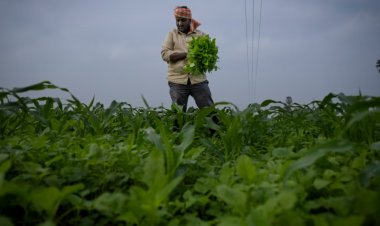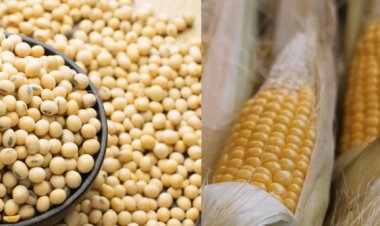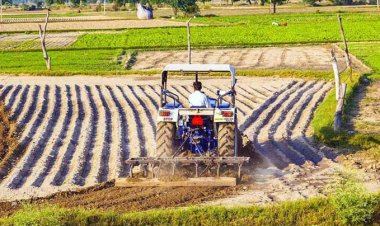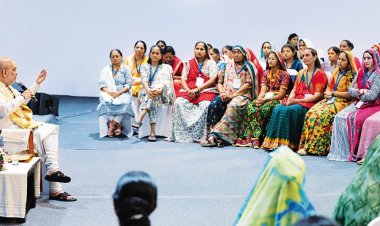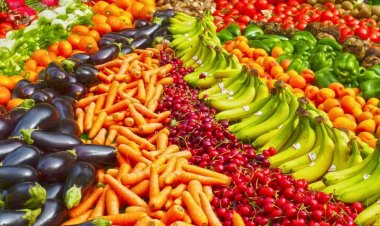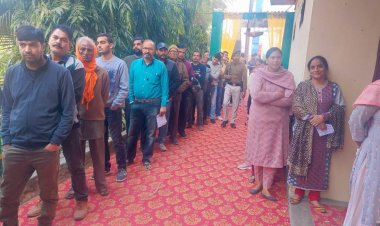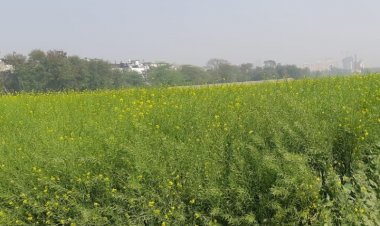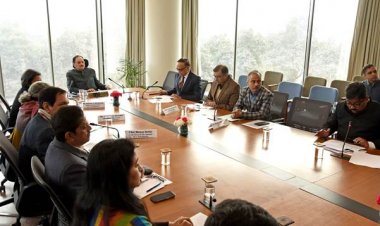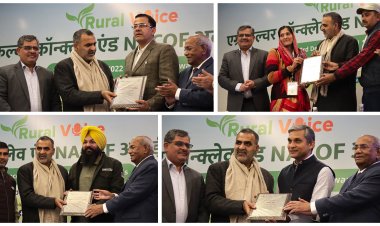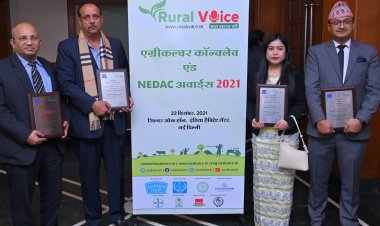Innovations and Technological Interventions for Agri-Food Systems Transformation in India
Those nations that have reoriented their agricultural research towards new innovations and their scaling, have made much faster progress. In fact, greater the emphasis on agricultural research for innovation, higher had been the growth for agricultural gross domestic product (GDP).
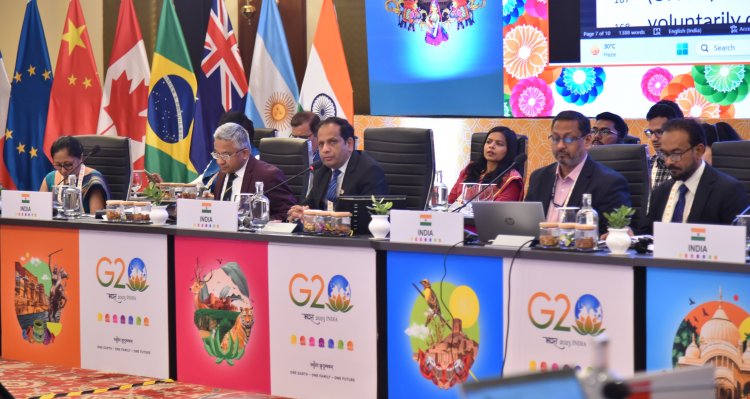
In order to feed the ever-growing global population, likely to be about 9.2 billion by 2050, accelerating agricultural growth is critical for achieving Sustainable Development Goals (SDGs), especially to address the concerns of poverty, hunger and environmental sustainability. Towards this, those nations that have reoriented their agricultural research towards new innovations and their scaling, have made much faster progress. In fact, greater the emphasis on agricultural research for innovation, higher had been the growth for agricultural gross domestic product (GDP).
In fact, the Green Revolution in itself was innovation led around high yielding dwarf wheat and rice varieties that responded well to higher inputs resulting in quantum jump both in production and productivity. As a result, despite a fourfold increase in population, India could increase the production of foodgrains by sixfold thus achieving household food security.
The cradles of such a success were: i) political will, ii) good institutions, iii) infrastructure for inputs (seeds, water, fertiliser, etc.), iv) capable extension personnel and farmers, and v) partnership at the global level (e,g. CIMMYT and IRRI).

On the demographic front, India is still adding 15 million people needing additional 5 mt food grains per year. This is beside the second generation challenges of Green Revolution such as factor productivity decline, depleting natural resources, increasing cost of inputs, higher incidence of diseases and pests, rising concern of household nutrition security, declining farmers profit and above all the adverse impact of climate change.
To address these, we now need a paradigm shift from agricultural research for development (AR4D) to agricultural research and innovation for development (ARI4D). Obviously, increasing income, especially of 80 per cent small and marginal farmers, would require innovations and technological interventions that not only save natural resources, but reduce the cost on inputs and have not only the higher productivity and resilience in agriculture income but also to raise the farmers income through transformation of the existing agri-food systems.

In this context, scaling of innovations such as: hybrid technology, genetically modified (GM) crops, conservation agriculture for sustainable intensification, micro-irrigation, fertigation, integrated nutrient management (INM), integrated pest management (IPM), protected cultivation, vertical agriculture, beside use of genome editing, nano-technology, artificial intelligence etc., offer greater opportunities for resilience and sustainability in agriculture. In order to achieve this, government support through enabling policies, public-private partnership, innovative extension systems involving youth to impart good knowledge- especially for secondary and specialty agriculture, would be most critical.
Also, the scaling of innovations without incentives and rewards, as well as protection of intellectual property right (IPR) would not be possible. This would demand innovative institutional as well as policy reforms, including doubling of investment on ARI4D, effective inter-ministerial and inter-institutional coordination, and Mission Mode time bound programs.
Hence, strong cooperation among the G20 nations in AR4D shall be the key for our future food, nutrition and environmental security.
(Writer is Chairman, TAAS and Former Secretary, DARE & DG, ICAR. This is an abstract of Dr. Paroda’s paper presented in MACS of G20 held in Varanasi recently)



 Join the RuralVoice whatsapp group
Join the RuralVoice whatsapp group

















